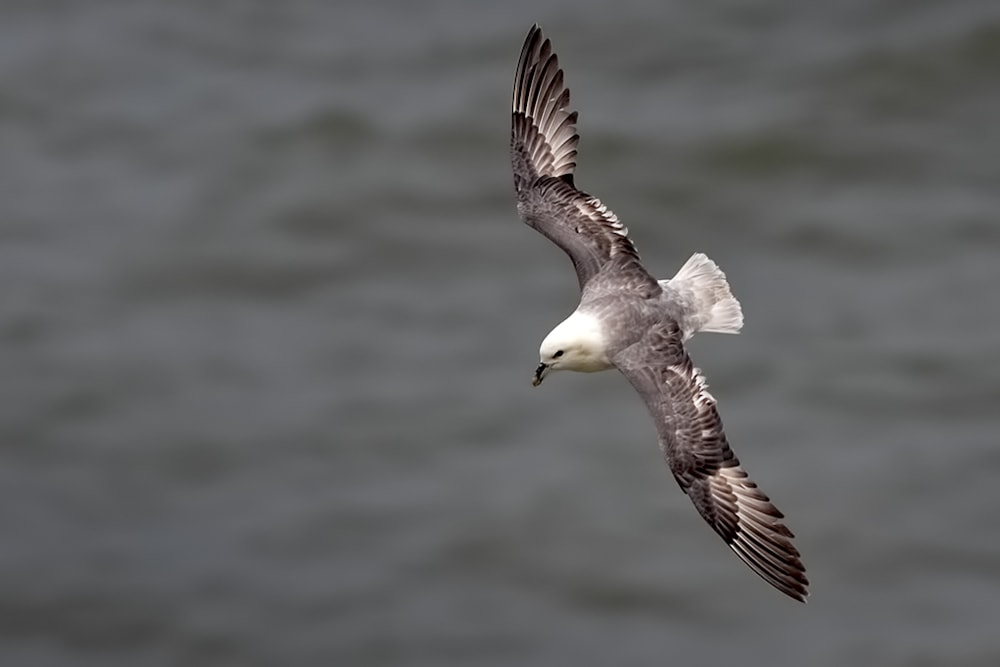The discovery of plastic chemicals inside the eggs of seabirds nesting in remote Arctic colonies is further evidence that plastic pollution reaches the remotest parts of the planet and scientists are alarmed by the traces of phthalates – hormone-disrupting chemicals that have been banned from children's toys.
These dangerous substances are frequently applied to plastic products – including bottle tops – and they're often taken by seabirds that mistake them for food. The traces of plastic were discovered in a colony of Northern Fulmars at Lancaster Sound – some 160 km away from the nearest human settlement. Despite the study revealing that just one egg in five held the substance, it's likely the problem is far more common than this ratio suggests.
Dr Jennifer Provencher, from the Canadian Wildlife Service, said: "These are some of the birds who have the lowest levels of accumulated plastic. Now the thing is to look at other populations and to see if they have the same chemicals, or other chemicals. We are finding multiple plastic-derived contaminants that are maternally transferred to the egg."
It's likely that if the tests took place in the North Sea – where plastic consumption if a lot more frequent – the results would show the problem to be far greater. In another study, Dr Provencher and her colleagues examined the eggs of both Northern Fulmars and Kittiwakes and found traces of more chemicals, such as UV stabilisers and antioxidants.
Once the birds have consumed plastic, they're often too big to pass through their digestive systems meaning they sit in their stomachs, leaching out chemicals which can pass into developing eggs. As a result, it's essential to establish how widespread this problem is and whether the chemicals were causing the birds harm.
Dr Alex Bond, a conservation biologist from the Natural History Museum, said this data provided "another example of the often-invisible impacts that plastics can have on wildlife". The belief among experts is that plastic is not just deadly, but also poses longer-term threats, with changes in animals' behaviour and instincts a possible outcome.

No comments:
Post a Comment